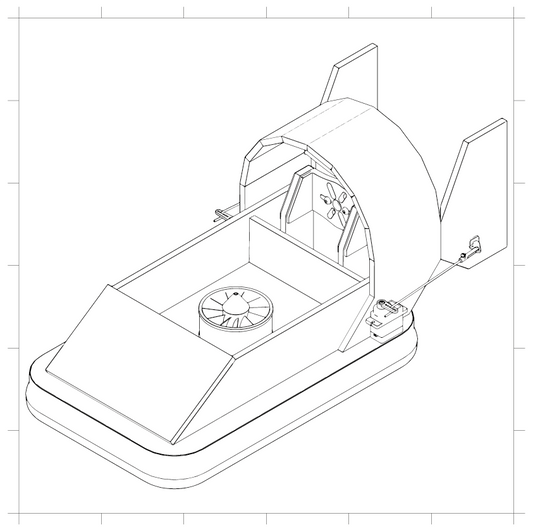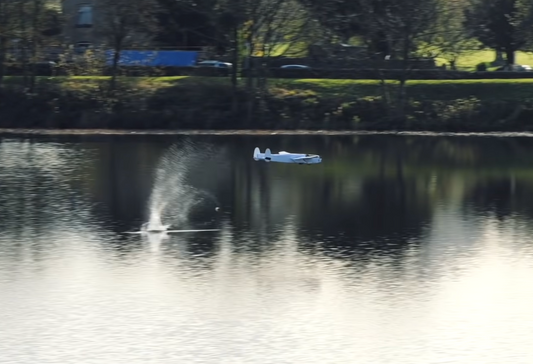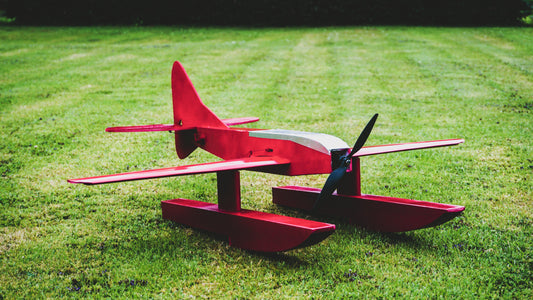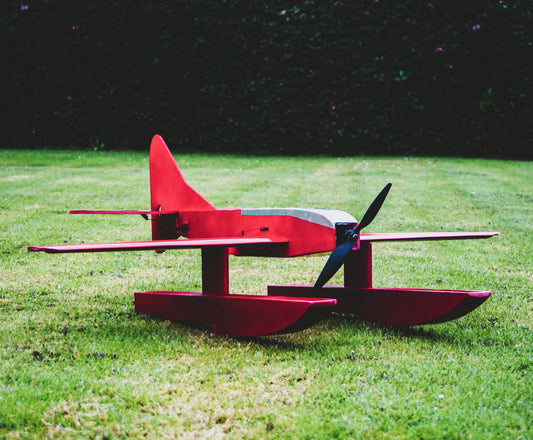Recently, I converted my RC aircraft carrier into a gigantic radio control Battleship, which is almost certainly the largest in the world - here's how.
Firstly, here are the YouTube video from the channel. If you want more detail on how I pulled off this gigantic project, read on.
Part 1
Part 2
The Aim
The aim of this project was to attempt to build the world's largest RC battleship, using the old hull of the aircraft carrier built for the Project Air Giant RC Aircraft Carrier video. With a total length of 17.5ft, with the overhanging turrets, it should beat this German RC Bismarck Battleship scale model, which has a total length of 16.4ft. This was, according to Google, the largest radio control battleship model in the world up to now.
Admittedly, this is a much nicer model than my crude foam and fibreglass dreadnought!
The Conversion
The idea was simple: cut down the RC carrier deck and fit it with working cannons, turrets and superstructure. As many comments on the video have pointed out, this is probably one of the few examples of a carrier-to-battleship conversion!
The aircraft carrier project was recently featured on BBC North West, here is a link to the BBC article about the Project on Rudyard Lake.













2 comments
Can you ship me the worlds largest rc battleship ill send you 1000 next week? And the worlds largest rc aircraft carrier and another 1000 week after?
Can you ship me the worlds largest rc battleship ill send you 1000 next week?